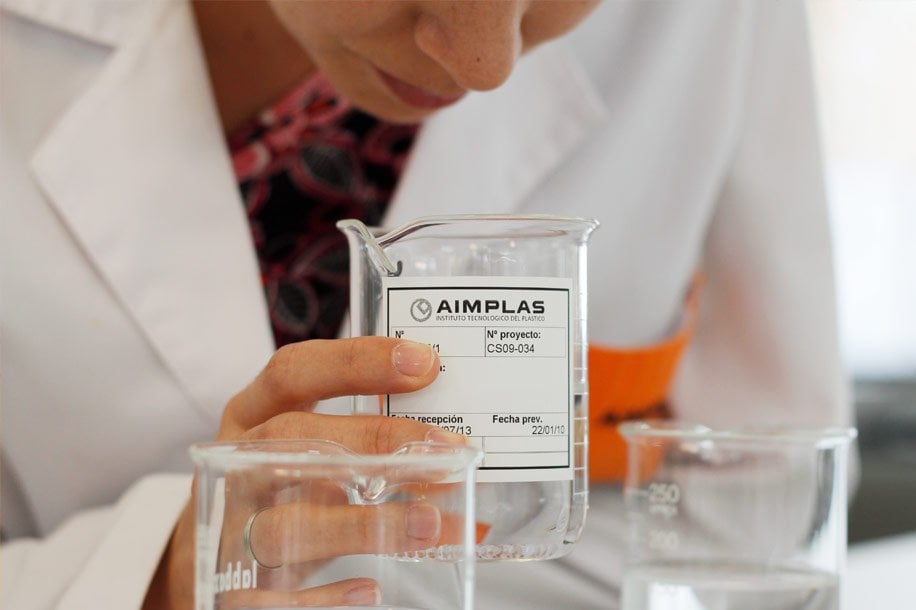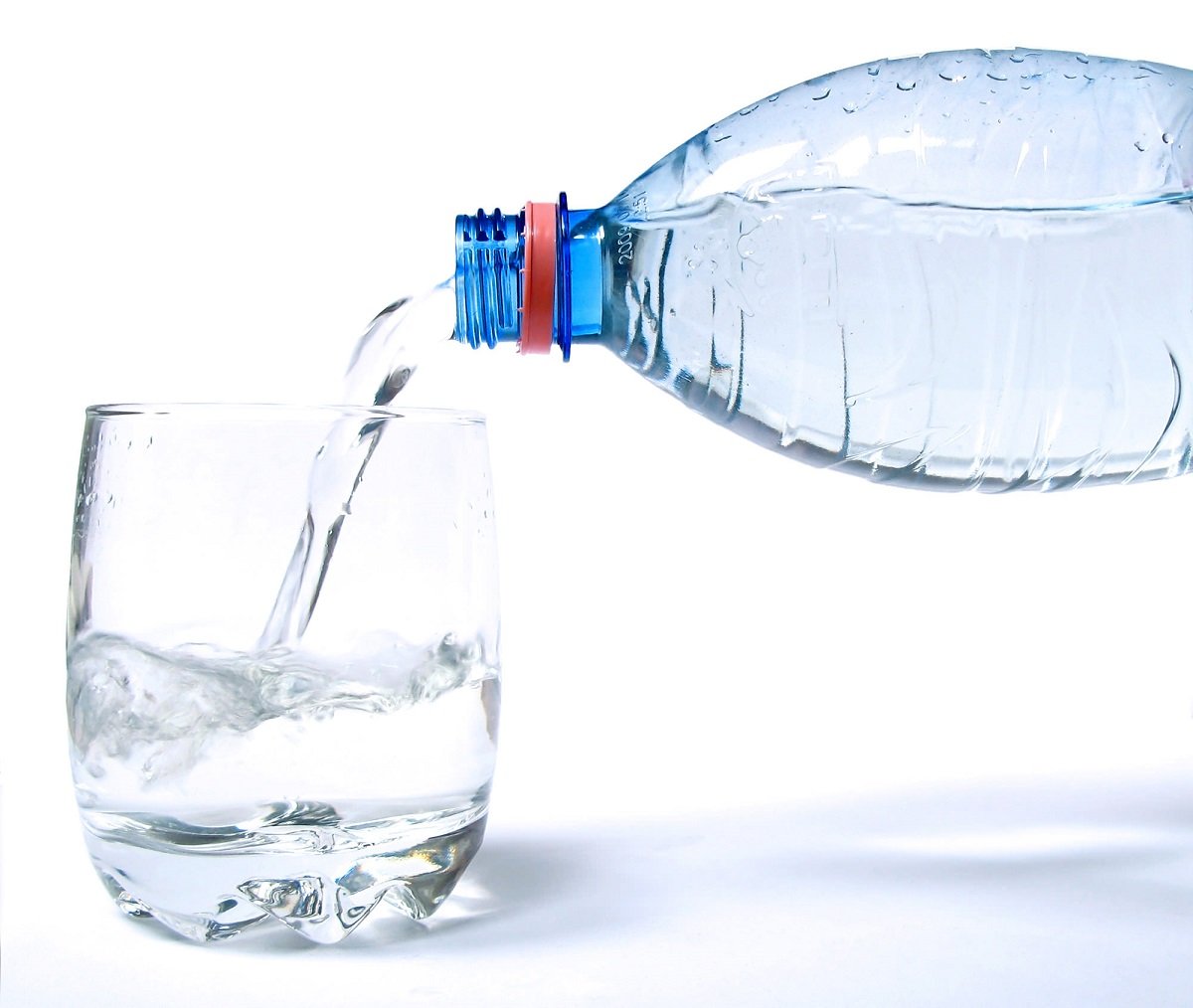The importance of sensory analysis in food packaging

As stated in the basic principle of Regulation 1935/2004 on materials and articles intended to come into contact with food, “any material or article intended to come into contact directly or indirectly with food must be sufficiently inert to preclude substances from being transferred to food in quantities large enough to endanger human health or to bring about an unacceptable change in the composition of the food or a deterioration in its organoleptic properties”.
While it is true that nowadays we are used to hearing about migration tests of plastic food contact materials to verify compliance with Regulation 10/2011 on plastic materials and articles intended to come into contact with food, we are not used to associating sensory analysis with packaging materials. However, the evaluation of changes in the olfactory and gustatory sensations of foodstuffs due to packaging is a very important point to be considered by the food industries since they have to ensure that the packaging they use is the best possible choice for their products in order to avoid that the packaging materials are the cause of undesirable alterations of the odour or olfactory and gustatory sensation in foodstuffs.
UNE-ISO 13302:2008 standard
For that purpose, there is an international standard, “UNE-ISO 13302:2008. Sensory analysis. Methods for assessing modifications to the flavour of foodstuffs due to packaging”, which establishes methods to verify that the olfactory and gustatory sensation of food is not significantly modified under certain storage conditions in contact with the packaging material.
Packaging materials can contaminate food by transfer of substances, which can occur either by direct contact with the packaging material or indirectly through the headspace of the packaging, thus producing strange olfactory and gustatory odours and sensations. In this sense, the transfer of substances from multilayer materials to the foodstuff can occur both from the outer layers and from the layers in direct contact with the food. It is important to note at this point that the transfer of compounds responsible for undesirable effects on the olfactory and gustatory sensation of food often occurs in very low amounts, even below the detection limits of analytical techniques. In some cases, these compounds have not been identified. Moreover, this can also result in strange odours and olfactory and gustatory sensations as a consequence of the absorption of compounds found in the foodstuff and coming from the packaging. It is therefore quite obvious that adequate control of the sensory properties of packaging materials is essential when marketing a packaging product.
Complementary tests
UNE-ISO 13302:2008 standard describes two complementary tests which are not mutually exclusive:
- Assessment of the inherent odour of the packaging material under test (odour test), in which the packaging is stored in a container in controlled conditions and then the odour of the atmosphere is evaluated by sensory analysis methods.
- Assessment of the change of flavour of foodstuff after direct or indirect contact with the packaging material under test in actual conditions or in simulated conditions (contact test). In this case, the foodstuff, or otherwise, the simulant, is evaluated by sensory analysis in terms of changes in odour and olfactory and gustatory sensation.
Whenever possible, it is ideal to test using real food and storage conditions (temperature, contact time, etc.). However, when the food or storage conditions are not known, the contact test can be performed using a product that simulates the food (simulant) at a given temperature. For example, to evaluate the effect of a plastic tray intended to contain meat for five days at refrigeration temperature, it should be subject to a contact test using margarine or butter as a simulant for 48 hours at 10 ºC.
Besides the type of simulant and the storage conditions, it is also very important to select the right contact way for the contact test: immersion, cell, filling, etc. For that purpose, the type of material to be tested (printed or unprinted film, bottles, sealing devices, etc.) must be taken into account, since each of the abovementioned forms of contact involves significantly different surface-volume relationships. Therefore, an inadequate contact way in the contact test will result in an inadequate surface-volume relationship which may lead to an unequivocal result of the sensory analysis of the packaging material.
In this sense, at AIMPLAS we define the most recommendable test conditions in each case to carry out the evaluation of the effect of the packaging material on the olfactory and gustatory sensation of food. Do not hesitate in contacting us if you have any doubt.
|
|||
|

